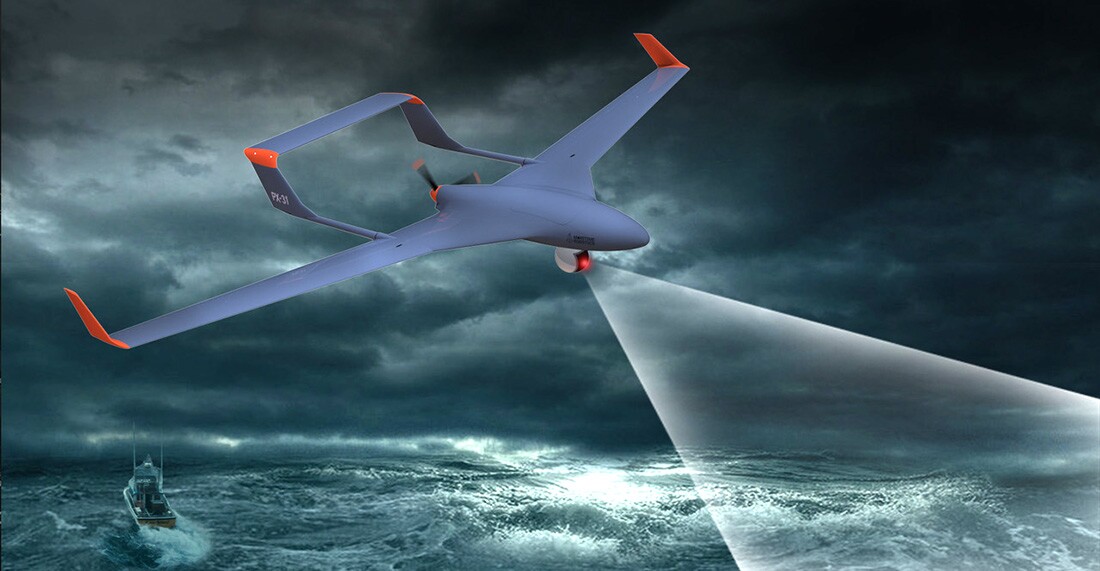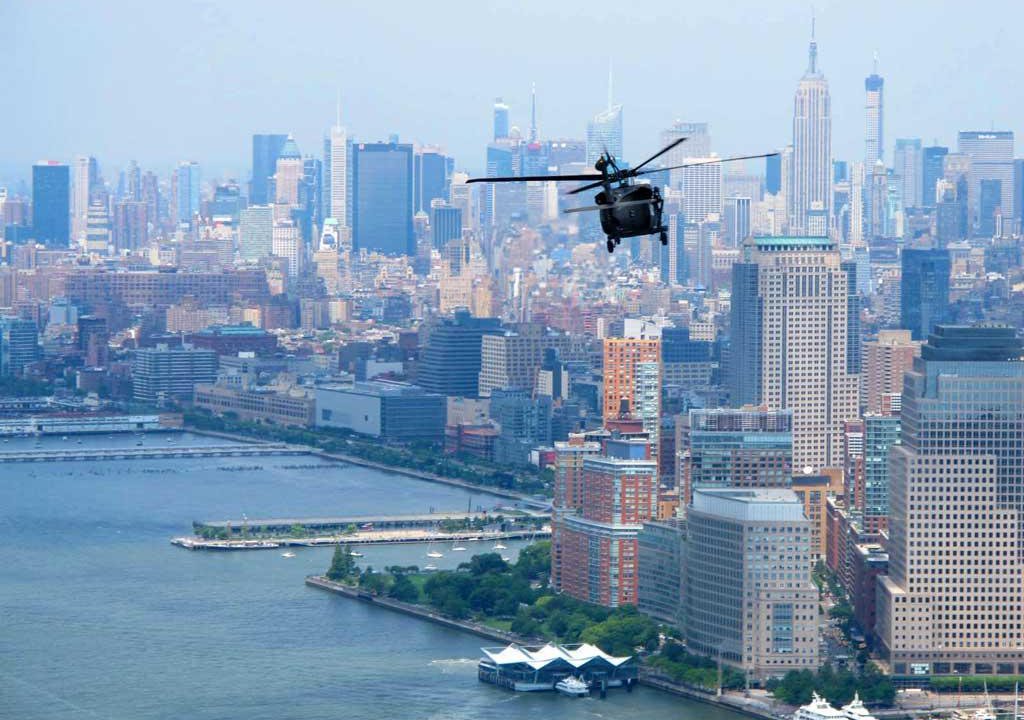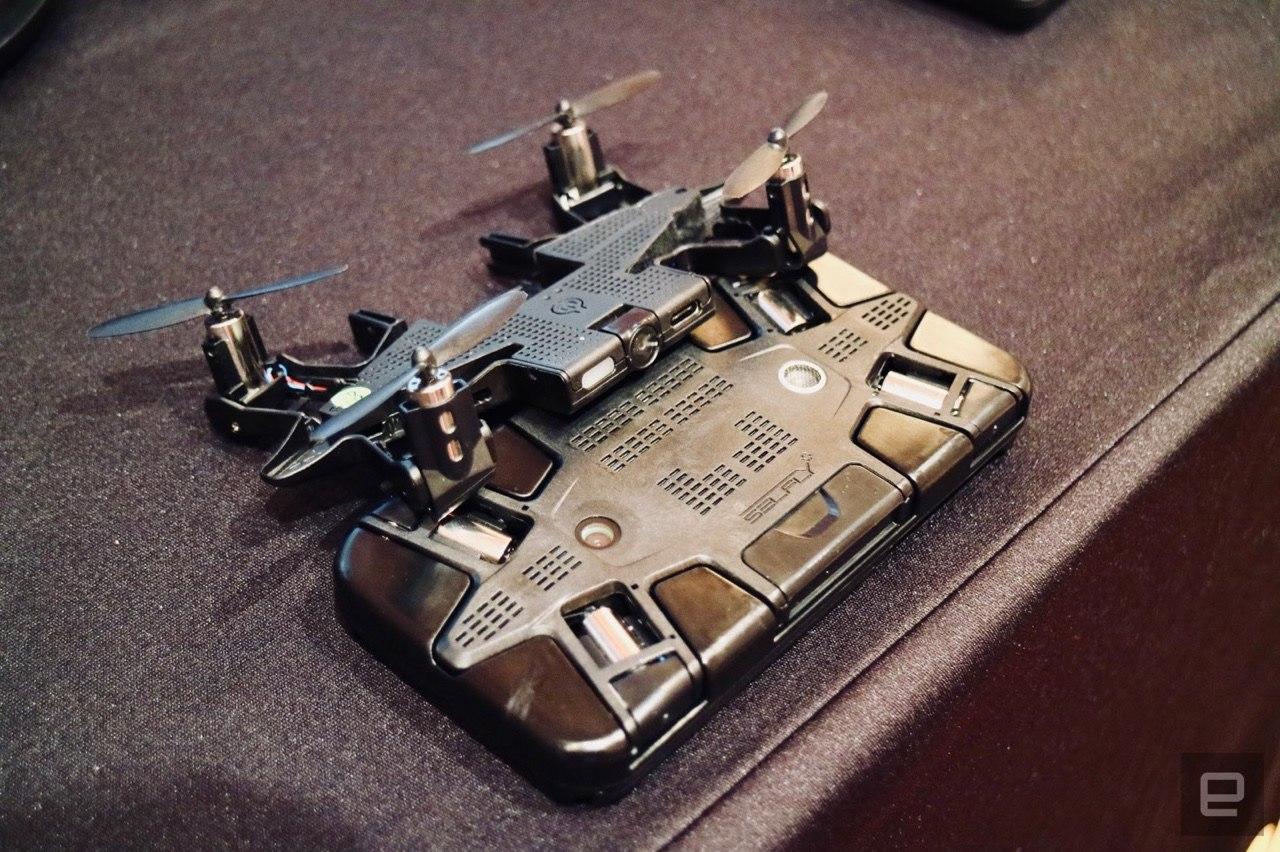
Although drones can be useful for inspection, not all drones are suitable for every job. Using a drone to inspect assets can help inspectors discover maintenance problems, but the repairs must still be done manually. Drones are just another tool that inspectors have at their disposal. Some inspectors prefer to use the inspection cameras that they have hung from ropes, while others may drop them off at assets. In these situations, drones are the perfect tool.
Drone 20
Drones can be used to inspect buildings and provide high-quality data at a high speed. Drones can provide a consistent image, eliminating the need to descend a building to see the contents. You can identify small imperfections or missing elements with the zoomed view. Shell Deer Park, in the US has been using drones as an inspection tool since 2016. The drones are being used for inspection of industrial equipment, such as flare tips, floating roof tanks, and they can capture detailed information with no human intervention.
Thermal camera
The thermal camera attached to a drone is a great tool for inspection. First, you can quickly inspect large areas. Second, thermal imaging can be performed faster than any other type of inspection. You can also view objects from close-up. Emitec's drone features an advanced thermal imaging system that transmits the image to multiple monitors and a tablet PC using a proprietary HD downlink.
Light
Drones were invented many years ago and technology has advanced significantly. It doesn't matter whether you use a small drone to inspect or a larger, more sophisticated industrial drone for data collection, it can be used in many different applications. Drones are a popular choice in the energy field for inspecting gas and powerlines and generating valuable insight. The drone can inspect wind turbines by surveying the nacelles, leading edges and lightning receptors. Drones can not only collect data about the turbine's condition, but they can also take high resolution pictures of any damage or defects. This information can be used for planning the repairs.

Vertical attachment mechanism
A vertical attachment mechanism allows a drone to be attached to a surface. These drones can hover above the surface at a high level, and the sensor probe may be detached from it while it is being tested. The drones can hover over the surface using their articulating joints, which may absorb some of the impact if the UAV lands on its side. Remote control and partial automation can be used to manage them.
Safety
Drones are an increasingly popular way to inspect. They can streamline material transport, monitoring, or inspection processes for companies. FCC units, for instance, can convert heavy crude oil into more profitable fuel products. It consists of several pipes and cyclones. A pipe known as the riser is found in the centre of the unit. It mixes heavy oil with a powdered catalyst at high temperatures. Inspection workers will need to access the pipe through a hatch in the riser's top. Once inside, they can then climb down using ropes. This risk is eliminated completely by a drone.
Cost
A drone can be used to inspect construction sites. A drone inspection is a cost-saving option that eliminates the need to use heavy machinery and scaffolding. The downtime that scaffolding can cause is costly and can also lead to increased costs. Drones are able to save you time and reduce your liability insurance. It is possible to save thousands of dollars annually on maintenance. Construction companies use drone inspections, but this is not the only reason.
Efficiency
Drones are great tools for inspection but they don't replace an inspector. If a technician is present, a typical inspection can take between 10 and 12 hours. Drones can complete this task in less time than an hour. These drones can also access confined spaces, which humans can't reach. As a result, drone inspection can save companies tens of thousands of dollars. This technology isn’t yet available for every industry.

FAQ
Can I fly my drone in my local park?"
Yes, drones are allowed to fly in parks across the globe. However, there are some countries that prohibit drone flying in parks. See our list to see where drones can be flown legally for fun.
Can my drone be flown indoors?
Yes, it is possible to fly your drone indoors. Your home should be free from obstacles and hazards. Avoid flying near heating vents, heating vents and air conditioning units.
You can fly a drone as high as you like without a license.
The FAA has no limit on how high you can fly a drone. However, you must register your unmanned aircraft system (UAS), which includes the registration numbers, model name and weight, size, serialnum, manufacturer's name and date manufactured.
What are the rules for operating drones?
Registering your drone with FAA is required. This registration process includes submitting information about the device, including its weight, size, battery capacity, and operating frequency. It also requires you to obtain an identification number from the FAA.
What is the best drone to buy for beginners?
The DJI Phantom 2 Vision+ is a popular beginner drone. The 4K camera on this model allows you to take stunning aerial photos and videos. This drone is easy to navigate thanks to its GPS system.
Which US states make drones legal?
It is legal to operate a drone as a hobby. The Federal Aviation Administration (FAA), has established guidelines that allow the use of small unmanned aircraft systems (UASs). These UASs must first be registered with FAA to be allowed to be flown. Commercial operators can also fly these devices provided certain conditions are met by the FAA.
What is the law about drones flying on private property?
The FAA has recently issued new rules for commercial drone flights. These rules apply only to UAVs weighing less than 55 pounds and flying below 400 feet above ground level. Commercial operators must register with FAA to receive a license. They must also obtain permission from local authorities if they plan to operate in restricted areas, such as airports.
Statistics
- According to Indeed, a drone pilot gets paid $25.73 per hour on average in the US. (dronesgator.com)
- According to industry research from ZipRecruiter , there are 10 cities where the typical salary for a Drone Pilot job is above the national average. (dronesgator.com)
- According to ZipRecruiter, the minimum hourly wage of drone pilots is $20. (thedroneu.com)
External Links
How To
How to Fly Drones with Beginners
A drone is an unmanned aerial vehicle that can be remotely controlled and used for surveillance, aerial photography, film production, research, and other hobby purposes. The technology behind drones has been around since World War II. DJI introduced their Phantom series of quadcopters in 2010, but commercial use only began in 2010. From beginner-friendly drones such as Parrot AR Drone 2.0 through professional-grade multirotor craft like DJI Mavic Pro, many types have been available.
There are many options for flying a drone.
-
Remote control – This technique uses a control device attached directly to your hands that allows you steer the drone around its flight path. There are two main types of controllers: On/Off switches (like a radio) and joysticks.
-
Manual Control- This allows you to control your drone remotely via GPS coordinates. You must keep track of the location where you want the drone to go and follow the instructions from the app.
-
Autonomous flight - The drone takes over the piloting duties. It's basically flying autonomously without any human intervention. The drone must be equipped with a camera and sensors that can capture images and data in order to fly autonomously.
-
Triggered Flying - This method works in the same way as manual control. However, the pilot has to manually set up a route for the drone and it follows that route until reaching the endpoint. After the preprogrammed route is complete, the drone will automatically land and return to its base.
-
Landing Gear: Some drones have landing gear that allows them safely to land in case they lose power or run low on battery.
-
Goggles - Some pilots wear goggles to protect themselves from debris while operating.
-
Camera – Some drones have cameras, which allow you to take photos or videos from up high.
-
Obstacles: Some drones are equipped with obstacle avoidance systems to prevent them from hitting obstacles.
-
Speed - Some drones can travel at speeds over 40 mph.
-
Battery Life – Most drones will last 20 minutes to three hours depending on how powerful they are.
-
Some drones have a range of up to 30 miles, depending on their model.
-
Power source - Some drones need an external power source, while others use internal batteries.
-
Weight - Some drones weigh less than 1 pound, whereas other models weigh up to 4 pounds.
-
Size - From small drones that can be carried in the palm of one's hand to larger drones that weigh over 50 pounds, drones come in a variety of sizes.
-
Price - Drones come in a variety of price categories, including high-end models which can run into the thousands and low-cost options that can start at $100.